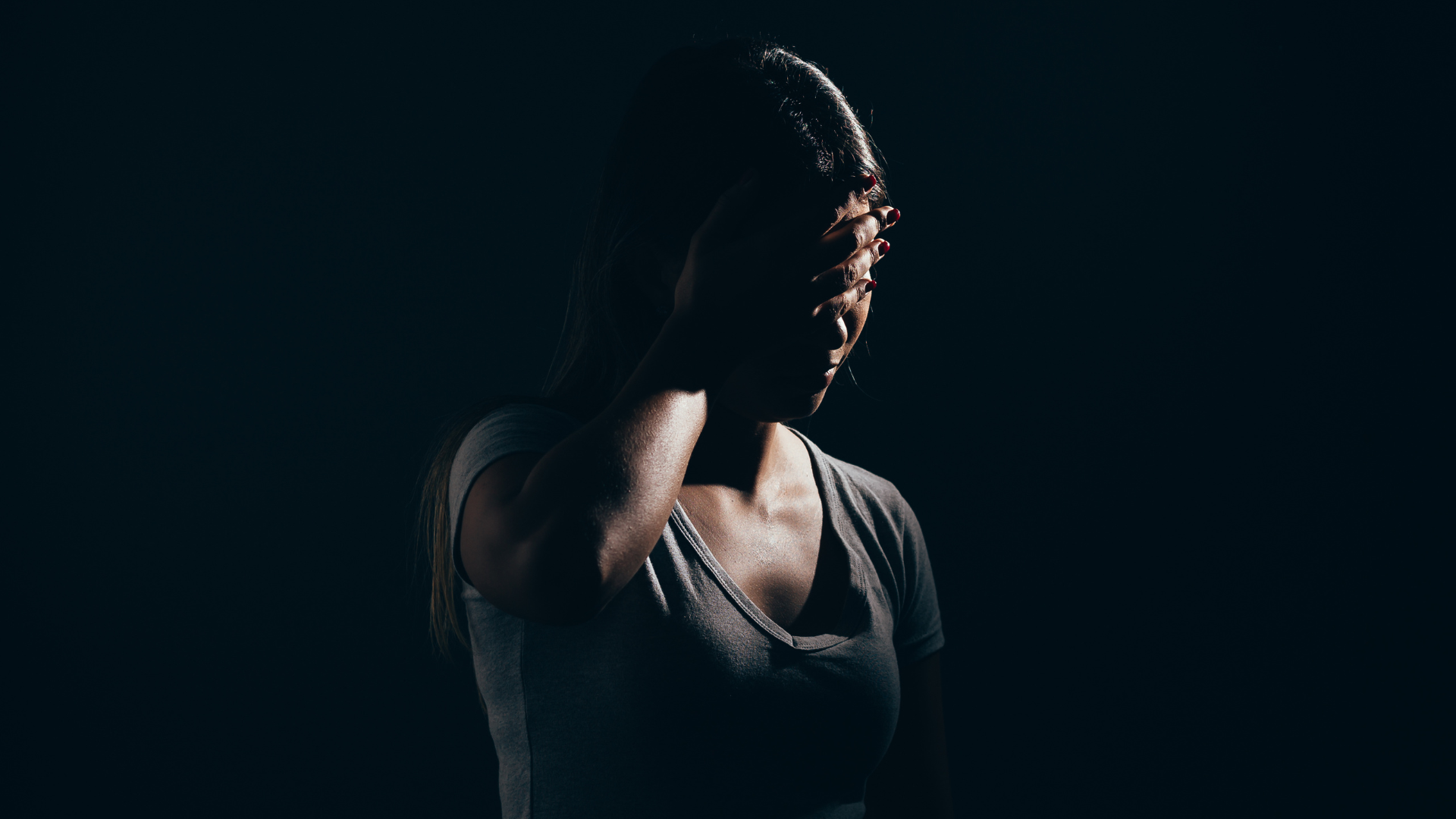Fear of Enclosed Spaces
Claustrophobia is an intense fear of being in enclosed or tight spaces, such as elevators, small rooms, or crowded spaces. There are several factors that can contribute to the development of claustrophobia, including:
Past traumatic experiences: People who have had traumatic experiences in small or enclosed spaces, such as getting stuck in an elevator or being trapped in a confined space, are more likely to develop claustrophobia.
Modeling: There is evidence that suggests that witnessing a role model with a fear of enclosed spaces can influence this fear.
General anxiety: People who experience anxiety or panic attacks in other situations may also experience claustrophobia.
Negative associations: People may associate enclosed spaces with danger, such as being buried alive, which can trigger feelings of anxiety and fear.
Physical factors: People with respiratory or heart conditions may experience increased discomfort and anxiety in enclosed spaces due to the limited air and space available.
Cognitive factors: People with claustrophobia may have negative thoughts and beliefs about enclosed spaces, such as being trapped or unable to escape, which can increase their anxiety.

People with claustrophobia may engage in avoidance and safety behaviors in an effort to reduce their anxiety and fear of enclosed spaces. However, these behaviors can actually reinforce and perpetuate the fear, making it more difficult to overcome in the long term. Some common examples of claustrophobia avoidance and safety behaviors include:
Avoiding enclosed spaces: People with claustrophobia may avoid elevators, small rooms, and other enclosed spaces, which can limit their daily activities and make it difficult to carry out normal tasks.
Seeking reassurance: People may repeatedly check to ensure that doors and windows are unlocked or ask for someone to be with them when they are in an enclosed space, in an effort to feel more secure.
Taking medication: Some people may take medication such as anti-anxiety medication to help them feel more relaxed and calm in enclosed spaces.
Holding onto objects: People may cling to a lucky object, such as a necklace or a teddy bear, in an effort to feel more secure in enclosed spaces.
Engaging in rituals: Some people may engage in repetitive behaviors, such as counting or deep breathing, in an effort to calm their nerves in enclosed spaces.
While these behaviors may provide temporary relief, they do not address the underlying cause of the fear and can actually reinforce the fear by making the person more dependent on them. Instead, it is important to address the underlying fears and anxiety through therapy and exposure therapy to help overcome claustrophobia in a more lasting and effective way.
Treatment
Claustrophobia is a treatable condition, and there are several effective treatments available for those who suffer from it. Some common treatments for claustrophobia include:
Cognitive Behavioural Therapy (CBT): CBT is a type of therapy that helps people change the negative thoughts and beliefs that contribute to their anxiety and fear. During CBT for claustrophobia, a therapist will work with the person to identify and challenge their negative thoughts about enclosed spaces, and help them to develop new, more positive and realistic ways of thinking.
Exposure therapy: Exposure therapy is a type of therapy in which a person is gradually exposed to the thing they fear in a controlled and safe environment, such as an enclosed space, in order to help them overcome their fear. Over time, the person learns that they can be in an enclosed space without feeling overwhelmed by anxiety and fear.
Relaxation techniques: Techniques such as deep breathing, progressive muscle relaxation, and visualization can be helpful in reducing anxiety and calming the mind and body.
It is important to note that the best treatment plan will vary from person to person, and a combination of treatments may be necessary for the best results. It is also important to work with a qualified mental health professional to ensure that the right treatment plan is in place. With the right support and treatment, people experiencing claustrophobia can learn to overcome their fear of enclosed spaces.
Private Consultation
Please click the button to schedule a private consultation.